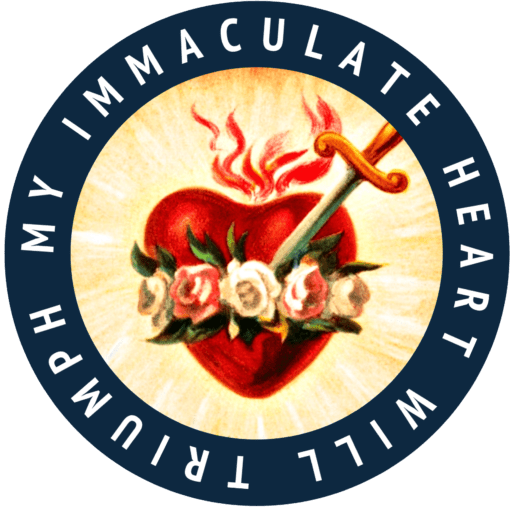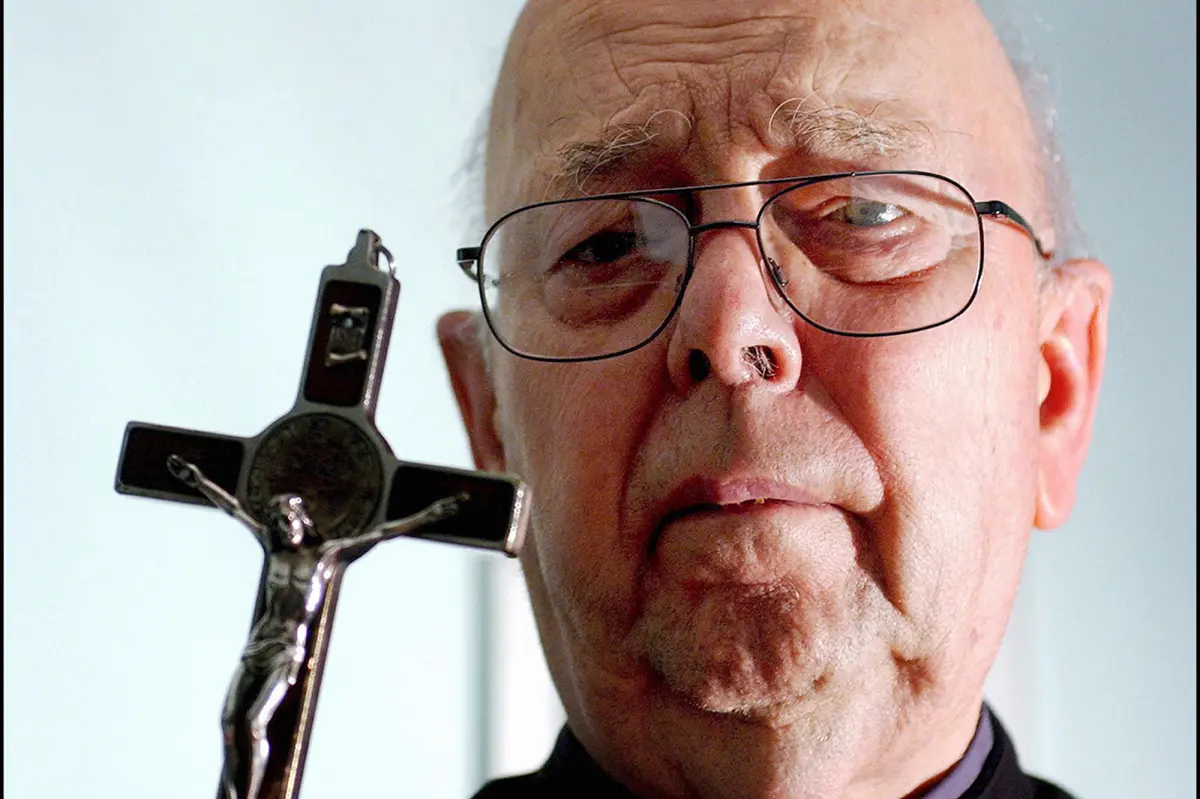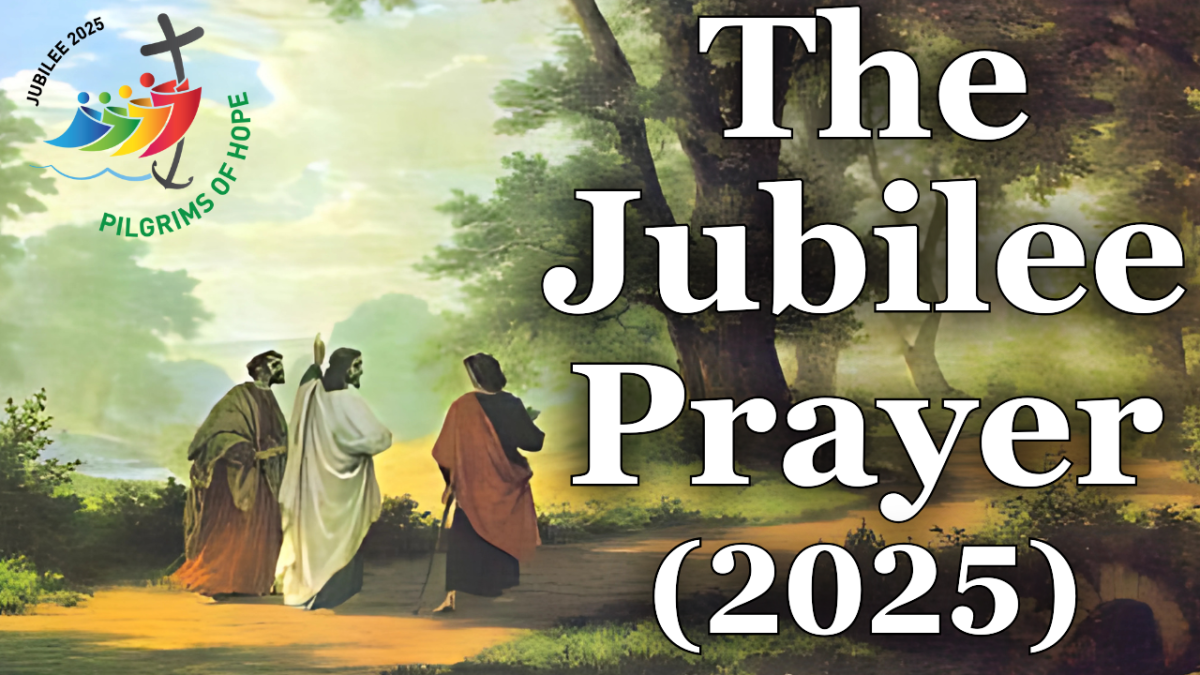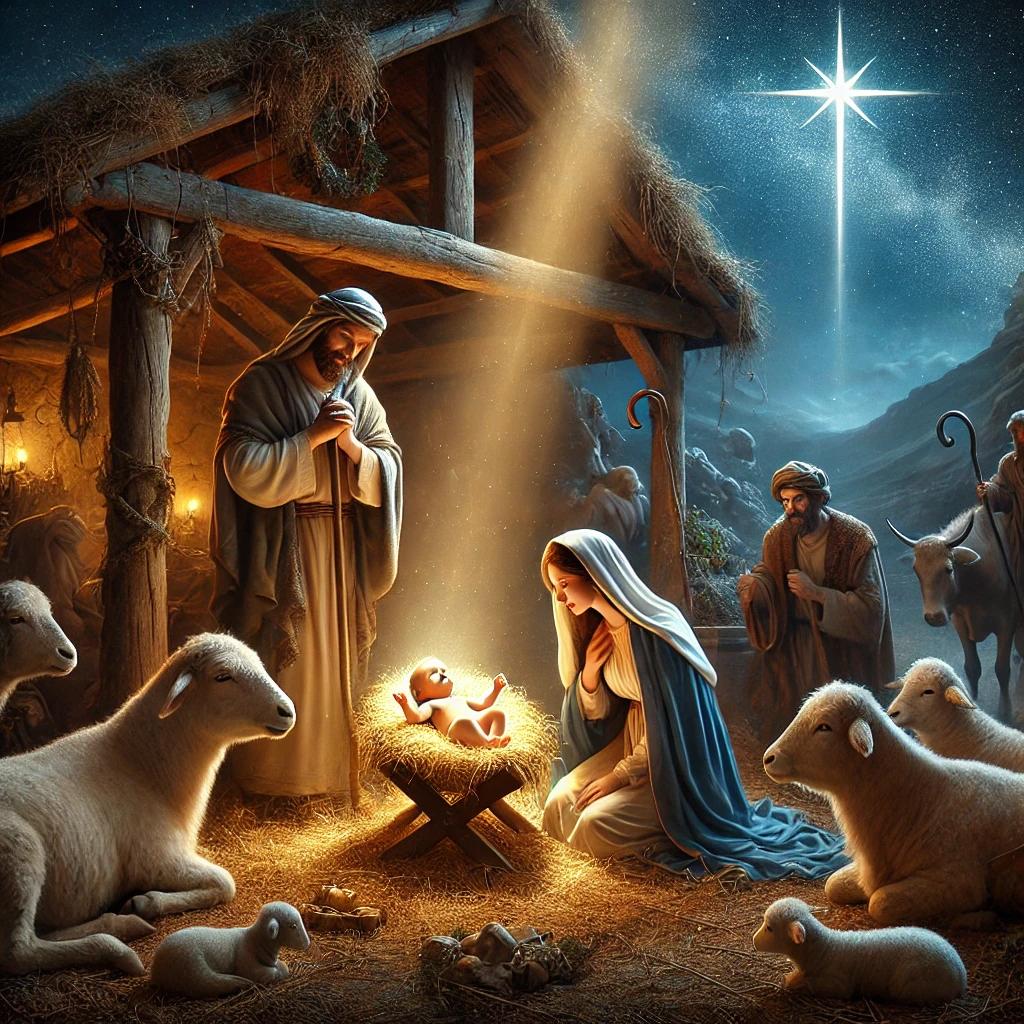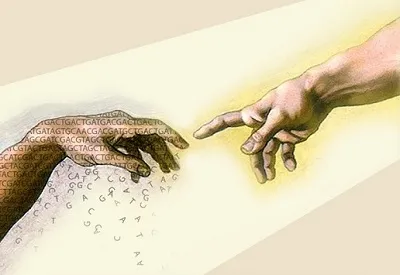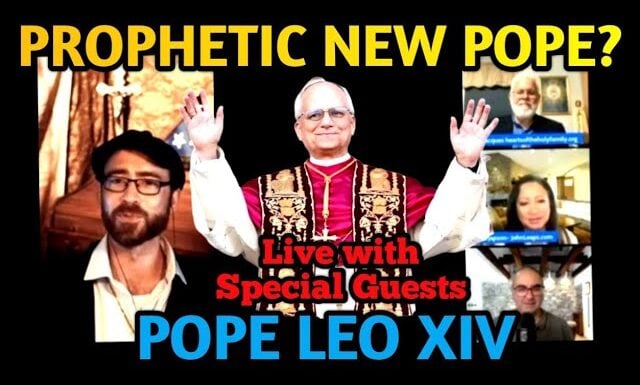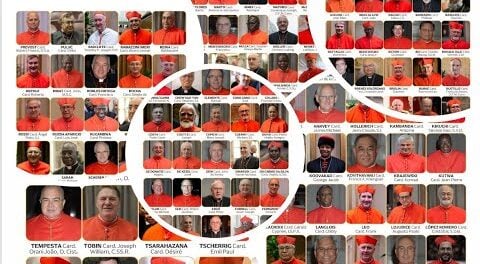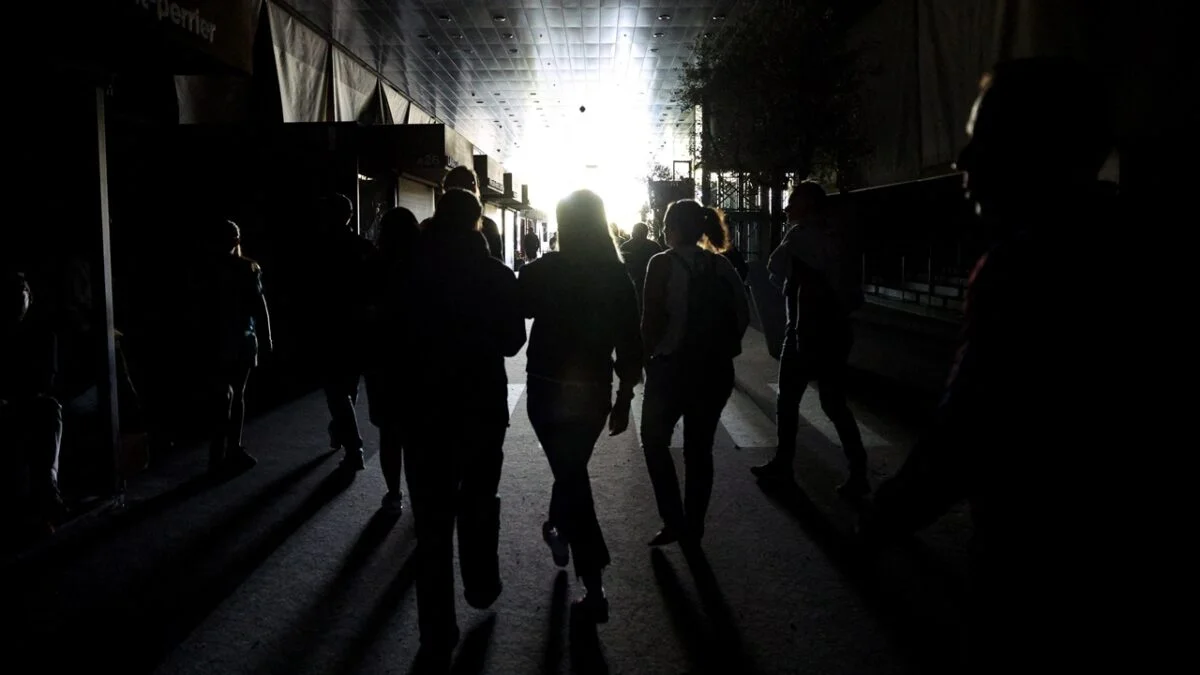
Tag: CatholicSeers
-
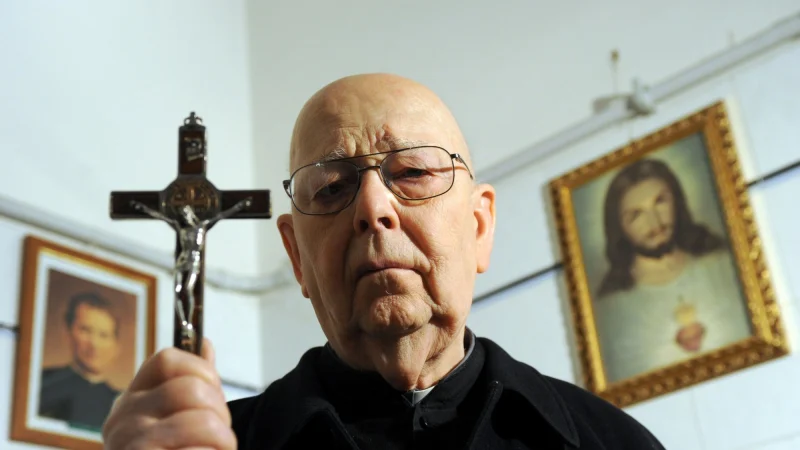
AN EXORCIST TELLS HIS STORY – GABRIELE AMOTH | FREE DOWNLOAD
Read More: AN EXORCIST TELLS HIS STORY – GABRIELE AMOTH | FREE DOWNLOADPowered By EmbedPress
-

How to Deal with Anger as a Catholic: A Guide from Scripture and the Saints
Read More: How to Deal with Anger as a Catholic: A Guide from Scripture and the SaintsAnger is one of the seven deadly sins when left unchecked, but it can also be a righteous emotion when properly directed. As Catholics, we are called to imitate Christ, who showed anger against sin but never allowed it to consume Him. This article explores what the Bible, Church teachings, and the wisdom of the…
-

Prayer for Break Unholy Ties, Curses, Spells, Seals & Consecrations Prayer
Read More: Prayer for Break Unholy Ties, Curses, Spells, Seals & Consecrations PrayerPrayer To Break Unholy Ties This prayer is used when the victim has had a long-standing relationship with person(s) involved with the occult or has communicated with “imaginary friends,” spirit guides, ascended masters, “elementals, ” “wandering souls,” etc. In the Name of Jesus, I break any unholy ties, links, and bondages between myself and X and all…
-
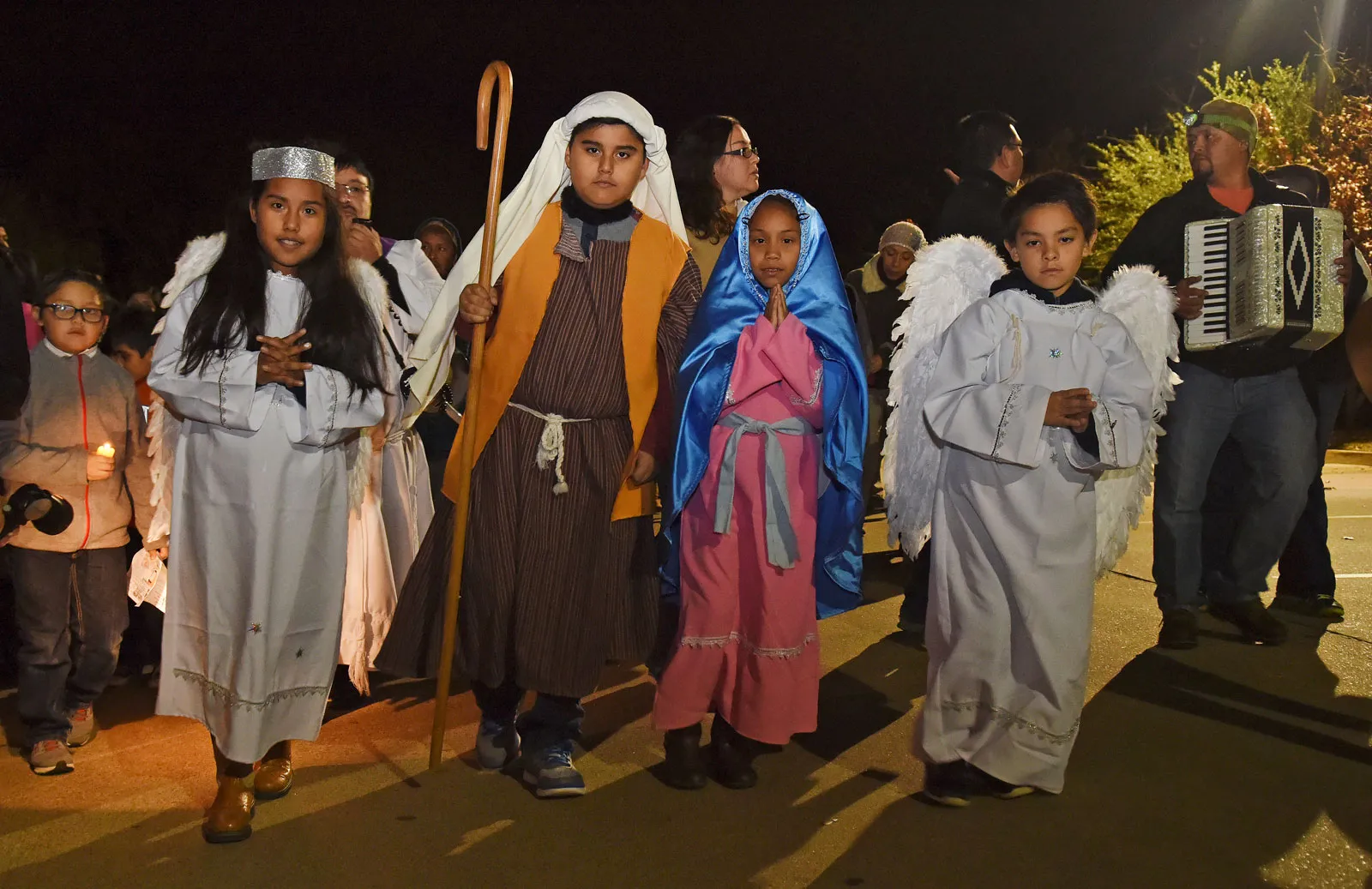
What is LAS POSADAS? How to Celebrate?
Read More: What is LAS POSADAS? How to Celebrate?LAS POSADAS is an Advent devotion common among Mexican and Latino Christians. Although customs vary, generally on each of the nine evenings before Christmas Eve members of local families gather together, sing traditional villancicos (Spanish Christmas hymns), and are lead by two members dressed as Mary and Joseph to designated homes (“inns”) where they seek shelter as the…
-

15 Days Until Christmas! PRINTABLE Short Advent Daily Meditations for Your Journey (10 Dec 2024 – 25 Dec 2024)
Read More: 15 Days Until Christmas! PRINTABLE Short Advent Daily Meditations for Your Journey (10 Dec 2024 – 25 Dec 2024)Powered By EmbedPress The Advent season is a time of preparation, reflection, and anticipation for the coming of Jesus Christ. Below are daily meditations, incorporating the Saint of the Day, Bible readings, reflections, saintly quotes, and prayers. 10 December 2024: Trust in God’s Plan Saint of the Day: St. John Roberts, MartyrBible Reading: Isaiah 40:1-11“Comfort,…
Search
Popular Posts
-
🙏 A New Chapter Begins: Supporting Pope Leo XIV with Prayer and Hope | W/ Daniel O’Connor
“Give the new pope a break and support him with your prayers.”–…
-
Possible Candidates for The Next Pope!
Some Candidates for the New Papacy Today we will share with you…
Categories
Archives
Tags
#Miracles (102) 2023 (4) 2024 (4) approved miracles (2) catholic (141) catholic blog (375) catholic meditations (7) catholic miracles (371) catholic motivation (2) catholic news (371) catholic prayers (4) CatholicSeers (359) catholic vlog (375) catholic websites (6) Eucharistic miracle (2) fr jim blount (3) GisellaCardia (11) hamas (3) imitation of christ (2) Israel (4) israel live (5) Israel news (9) jesus (3) jesus christ (4) Latest messages (11) lent 2023 (10) lent 2024 (4) lent homily (2) lent retreat (4) lent retreat 2023 (3) Lourdes (2) messages from god (6) MessagesFromHeaven (364) miracles of catholic church (2) mother and refuge (2) ourlady (325) OurLadyApparitions (22) our lady of lourdes (2) Pope (2) POPE francis (3) pope francis news (2) prayers (3) real miracles (356) sacred heart of jesus (2) The Miracles of Lourdes (2)
